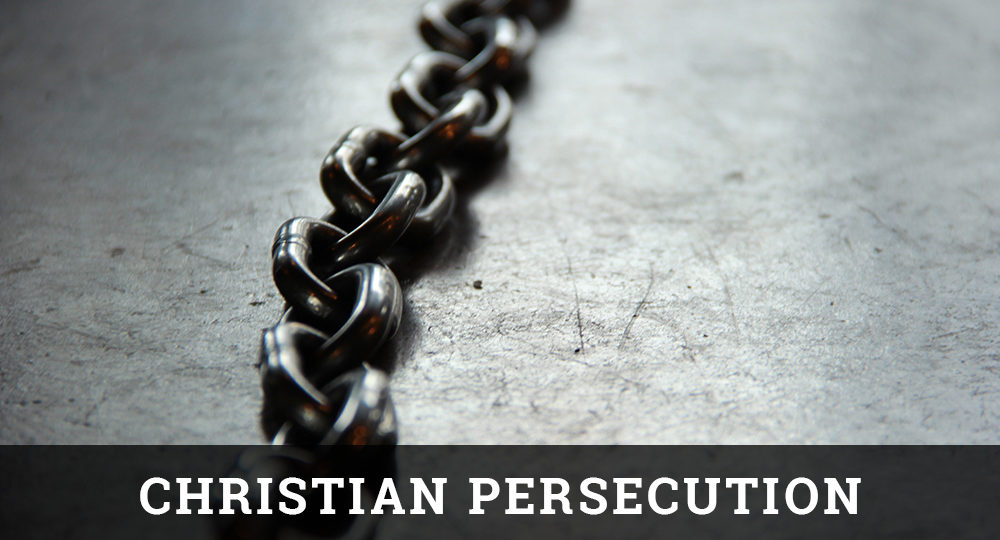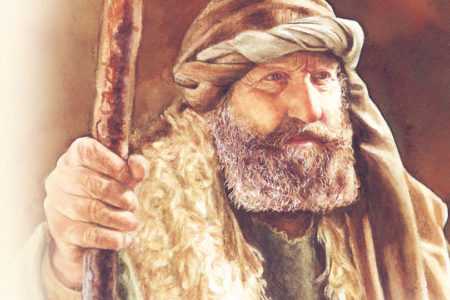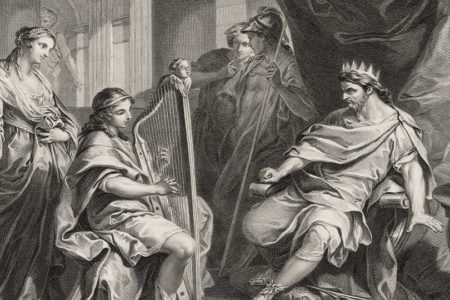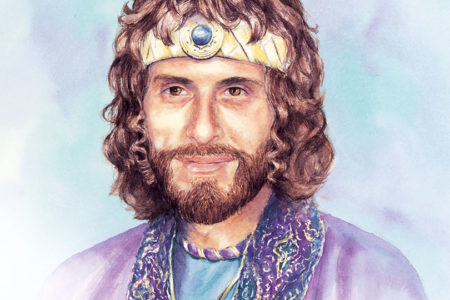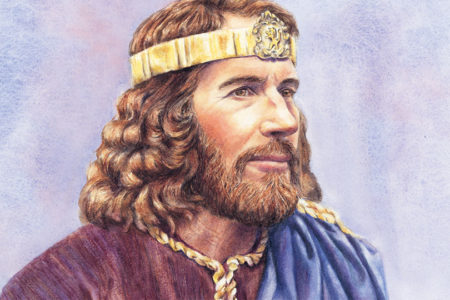They Cry in Silence May/Jun 2001
Their remains were found in the shallows of the Curaray River in the jungles of Ecuador. Crudely crafted lances protruded from the bodies of the men. A few days earlier, five young Christian missionaries had landed a small plane beside the river. They were on a mission. It was to bring the message of spiritual life in Jesus Christ to a remote and savage tribe known as the Huaorani, meaning “people” in their language. Their neighbors, however, called them Aucas, “savages.”
The Aucas’ reputation for violence was well known. Consequently, the missionaries decided that, before they went in, they would make contact with the tribe from the airplane, using a unique rope-and-bucket system rigged by the pilot. While the plane circled, a long rope tied to a bucket filled with gifts was lowered to the ground. Once they were confident that their friendly and peaceful intentions were established, the men decided to go to the area, set up camp, and make contact with the Aucas. So they landed and set up camp in a prefabricated treehouse. But their plan never materialized. On Sunday, January 8, 1956, Jim Elliot, Peter Fleming, pilot Nate Saint, Ed McCully, and Roger Youderian were speared and hacked to death by the people they had come to help.
After the missionaries were reported missing, a rescue party from the Ecuadorian Air Force and the United States Army, Air Force, and Navy began aerial searches of the area. On January 13 they found four of the bodies downstream in the Curaray. Ed McCully’s body was seen but was irretrievably swept away by the river. The time of death was placed at 3 P.M. Nate Saint’s watch had stopped at 3:12. At the request of their wives, the four men were buried where they had camped near the river.
When reports of the martyrdom of these promising young American missionaries hit the international media, it captured the attention of people the world over. In the evangelical Christian community, a pall of grief and unbelief descended. This was something that strained our comprehension to the limit. How could it have happened? With a few rare exceptions, missionaries were no longer being hacked to death in the jungles. After all, this was not the age of the martyrs, and such publications as Foxes’ Book of Martyrs seemed remote and out of touch with modern reality.
In the immediate aftermath of the murders, people everywhere demonstrated an insatiable desire for details. They wanted to know names, dates, and all the bits of information they could get about the lives of these five martyrs. Elisabeth Elliot, Jim Elliot’s young widow, wrote a best-selling book, Through Gates of Splendor, that kept bookstores busy just trying to keep it in stock. Pastors memorialized the men from their pulpits; buildings were named in their honor; and for years, the tragedy remained fresh in the minds of Christians.
But that was 1956, a time far removed from what we now know as the “contemporary scene.” In a way, I suppose what happened that day along the Curaray River in the remote jungles of Ecuador was a harbinger of things to come—the awful dawning of a new age of martyrs, an age that would descend with a ferocity unknown since early Christians faced the fury of a pagan world on the floors of arenas and the bodies of crucified believers were set on fire by the hundreds along the roads of the Roman Empire. But this time, things are different.
In our own way, we all felt that we knew Jim Elliot, Peter Fleming, Nate Saint, Ed McCully, and Roger Youderian. We sensed that they were next of kin and prayed for their families and, yes, for the Aucas who took their lives. We believe those collective prayers fueled the spiritual awakening that eventually saw many of the men who participated in the murders find light and life in the Savior whom the missionaries had come to proclaim.
Unfortunately, we cannot say the same about the hundreds of thousands of our Christian brothers and sisters who are being slaughtered today. They constitute a ragged, faceless procession. Their deaths go unnoticed by the secular world and are virtually unmourned by many who call themselves evangelical Christians. These martyrs are men, women, and emaciated children who are being starved, hacked, raped, mutilated, and murdered because of their faith in Jesus Christ. Tragically, we don’t even know their names or seem to care.
In this section in future issues of Israel My Glory, we will give faces to these brethren, with the fervent prayer that God will turn our hearts toward them and that our hands will reach out to them with help.
